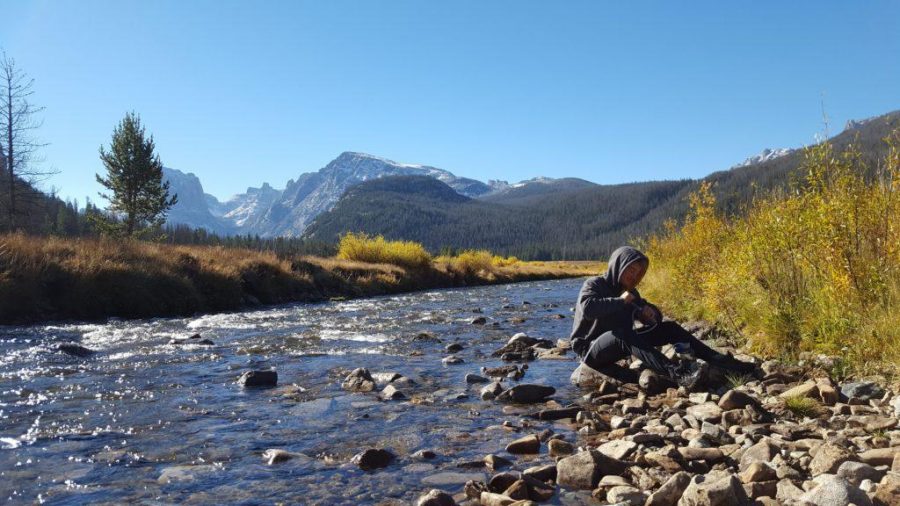The most appealing aspect of backpacking is undoubtedly the remoteness. Few things are better than entertaining the fantasy that you are the first person to trot down that lonely dirt trail in a very long time. The last thing you want is for your range to be limited, and one of the most limiting factors is water.
The sticker about water is that it’s heavy, very heavy. Trying to pack around all your water for a week’s trip is absurd. You’ll find a broken back and dehydration before the remote peace and solitude you set out for. This means that gathering water as you go is your only option, and to do this safely you need to purify it. Fortunately, there are more than a few ways to do this.
The age-old tactic is boiling. Once water hits the magical 100° C (212° F) mark, it will begin to boil. It is at this temperature that all the nasty microbes that would result in a week in the outhouse are killed off, and the water becomes safe to drink. At higher elevations water boils at a lower temperature. There’s a whole bunch of technical, sciency stuff behind this, but the gist of it is that less atmospheric pressure means less energy to boil the water, and less energy means less heat. In order to ensure all those microbes are dead, you should boil water for longer at higher altitudes.
This tactic works very well in the winter. Grab some ice, or snow if no ice is available, and melt it down. You have a warm, safe drink ready to go. In the summer, this is the opposite of what you want. Why take that nice cool stream water and heat it up when it’s already baking hot outside? Boiling also requires some kind of stove. Although there are lightweight cook systems out there, they all are heavier than most of the other purifying techniques.
The next most common practice is using a pump purifier. This is a reliable, long-lasting method of combating dehydration. Essentially, a small tube extends into the water source and sucks water up into a big filter and then spits it out, all clean and pure, through another tube into your water bottle. You are safe to drink that water immediately and it will be as cold as the source you pulled it from. However, pumping enough water for several liters quickly becomes tedious and tiring and the pump itself still weighs a decent amount.
The last solution, and my personal favorite, is a chemical purifier. These come in the form of iodine drops or chlorine tablets. They are specially sold at outdoor retailers for purifying water and have explicit instructions on how to use them. Do not buy a bag of chlorine and start DIY purifying your water. You will be DIY poisoning yourself. These purifiers are lightweight, easy to use, and require very minimal effort. However, they do take time to work. You will not be able to drink your water immediately after adding it so some forward thinking is required.
Whatever your trip, don’t be limited by water. There is more than enough H2O spilling around the backcountry for you to take advantage of.



